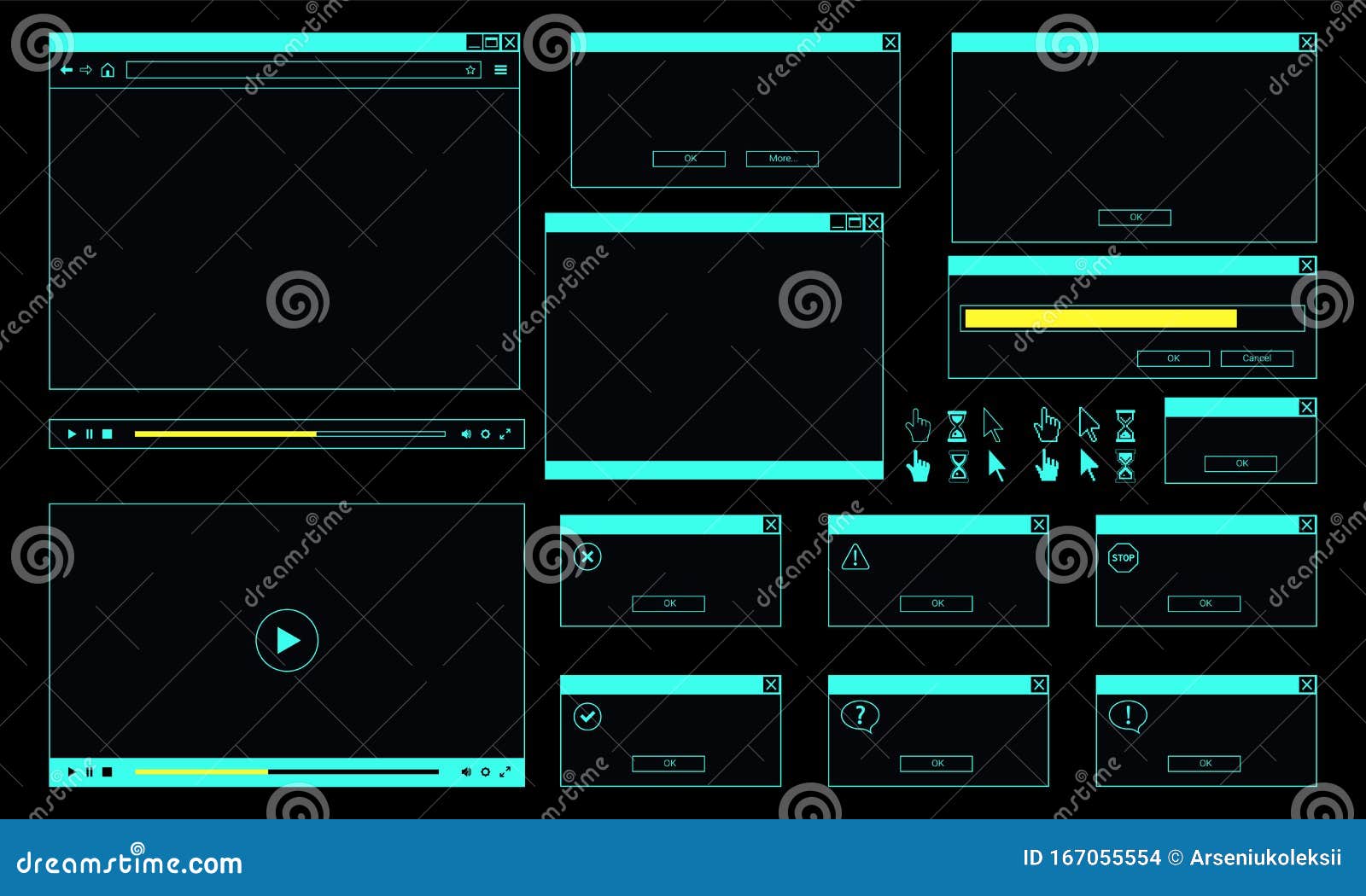-->
The Remote Desktop web client lets you use a compatible web browser to access your organization's remote resources (apps and desktops) published to you by your admin. You'll be able to interact with. Browserling did a custom cross-browser testing solution for UK's National Health Service. Our application needs to operate in complicated sub optimal technological environments where legacy software is. TikTok - trends start here. On a device or on the web, viewers can watch and discover millions of personalized short videos. Download the app to get started.
The Remote Desktop web client lets you use a compatible web browser to access your organization's remote resources (apps and desktops) published to you by your admin. You'll be able to interact with the remote apps and desktops like you would with a local PC no matter where you are, without having to switch to a different desktop PC. Once your admin sets up your remote resources, all you need are your domain, user name, password, the URL your admin sent you, and a supported web browser, and you're good to go.
Note
Curious about the new releases for the web client? Check out What's new for Remote Desktop web client?
What you'll need to use the web client
- For the web client, you'll need a PC running Windows, macOS, ChromeOS, or Linux. Mobile devices are not supported at this time.
- A modern browser like Microsoft Edge, Internet Explorer 11, Google Chrome, Safari, or Mozilla Firefox (v55.0 and later).
- The URL your admin sent you.
Desktop Web Browsers
Note
The Internet Explorer version of the web client does not have audio at this time.Safari may display a gray screen if the browser is resized or enters fullscreen multiple times.
Start using the Remote Desktop client
To sign in to the client, go to the URL your admin sent you. At the sign in page, enter your domain and user name in the format DOMAINusername, enter your password, and then select Sign in.
Note
By signing in to the web client, you agree that your PC complies with your organization's security policy.
After you sign in, the client will take you to the All Resources tab, which contains all items published to you under one or more collapsible groups, such as the 'Work Resources' group. You'll see several icons representing the apps, desktops, or folders containing more apps or desktops that the admin has made available to the work group. You can come back to this tab at any time to launch additional resources.
To start using an app or desktop, select the item you want to use, enter the same user name and password you used to sign in to the web client if prompted, and then select Submit. You might also be shown a consent dialog to access local resources, like clipboard and printer. You can choose to not redirect either of these, or select Allow to use the default settings. Wait for the web client to establish the connection, and then start using the resource as you would normally.

When you're finished, you can end your session by either selecting the Sign Out button in the toolbar at the top of your screen or closing the browser window.
Web client keyboard shortcuts
Chrome browser latest version download. The following table describes alternate key combinations to inject standard Windows shortcut keys in the remote session.
| Shortcut key | Description |
|---|---|
| (Windows) Ctrl+Alt+End (MacOS) fn+control+option+delete | Inject Ctrl+Alt+Del in the remote session. |
| Alt+F3 | Injects Windows key in the remote session. |

When you're finished, you can end your session by either selecting the Sign Out button in the toolbar at the top of your screen or closing the browser window.
Web client keyboard shortcuts
Chrome browser latest version download. The following table describes alternate key combinations to inject standard Windows shortcut keys in the remote session.
| Shortcut key | Description |
|---|---|
| (Windows) Ctrl+Alt+End (MacOS) fn+control+option+delete | Inject Ctrl+Alt+Del in the remote session. |
| Alt+F3 | Injects Windows key in the remote session. |
Printing from the Remote Desktop web client
Follow these steps to print from the web client:
- Start the printing process as you would normally for the app you want to print from.
- When prompted to choose a printer, select Remote Desktop Virtual Printer.
- After choosing your preferences, select Print.
- Your browser will generate a PDF file of your print job.
- You can choose to either open the PDF and print its contents to your local printer or save it to your PC for later use.
Copy and paste from the Remote Desktop web client
The web client currently supports copying and pasting text only. Files can't be copied or pasted to and from the web client. Additionally, you can only use Ctrl+C and Ctrl+V to copy and paste text.
Use an Input Method Editor (IME) in the remote session
Follow these steps to use an Input Method Editor to enter complex characters in the remote session:
Desktop Web Browser Online Download
- Select the gear icon in the navigation bar to open the Settings side panel.
- Set the Enable Input Method Editor switch to On.
- Select your preferred IME keyboard layout in the dropdown menu.
You must have an Input Method Editor installed and enabled in the remote session.
Get help with the web client
If you've encountered an issue that can't be solved by the information in this article, you can get help with the web client by raising feedback on the web client's Feedback page.

